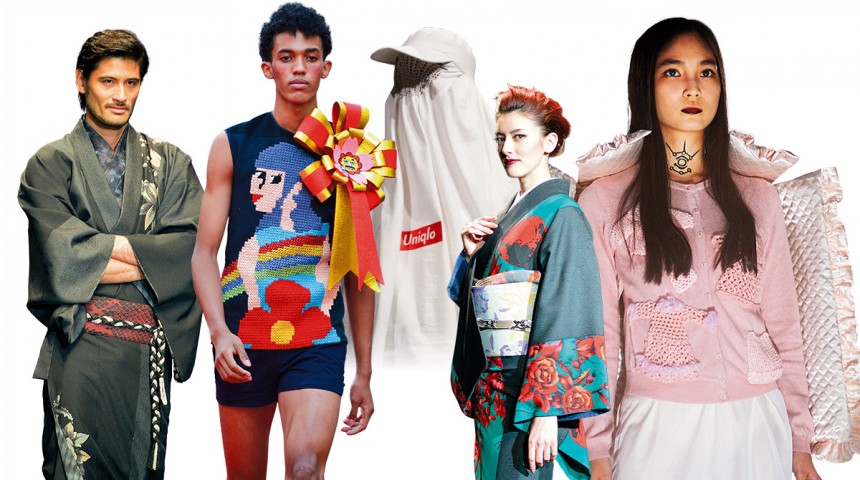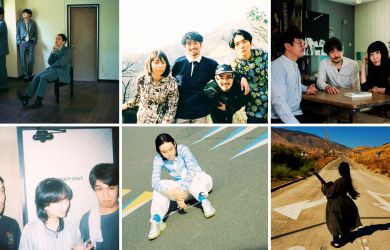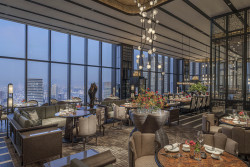
October 28, 2014
Alternative Tokyo Fashion Week
Tokyo's general public gets the best of the year's collections
If the mention of Tokyo Fashion Week only conjures up images of po-faced models walking polished catwalks over in Shibuya Hikarie, where the “official” Mercedes-Benz Fashion Week Tokyo events are held, then you’re missing out on much of what the week has to offer.
Some of the week’s biggest talking points were actually off-schedule, thrown open to the general public ordinarily excluded from the official festivities. Taking the lead on populist fashion was the Tokyo New Age runway show presented as part of Shibuya Fashion Week, in which Shibuya’s iconic Bunkamura Street was pedestrianized and transformed into a red carpet runway for four of the city’s most avant-garde designers. The location not only made it possible for everyone who wanted to attend to see the show, but also opened the progressive fashion to shoppers, tourists and plenty of bemused passers-by who happened to be in the area.
This democratic approach to fashion was echoed by The Happening, organized by Xanadu Tokyo owner Tatsuro Motohashi, who staged a runway throughout the LaForet Harajuku department store that spilled out onto the street. The fashion show—from underground Tokyo brands Garter, Roggykei, Obsess, Araki Shiro and Nyte—was entirely crowd-funded, beautifully subverting in the process the corporate sponsorship system required to get a show on the official schedule.
Elsewhere, Tokyo-based Taiwanese brand Jenny Fax from designer Shueh Jen-Fang invited her fans to a concrete bunker in the ruins of the old Tokyo Denki University’s Chiyoda campus. Jenny Fax presented a gaggle of corpses bound for the afterlife, either at rest in dresses that resembled beds or embellished with gifts required for entry into heaven. “My theme was negativity,” the designer mused, adding, “I am just a very negative person.” Still, it certainly seemed as if the collection struck a very positive nerve with her fanatical following keen to wear her sardonic wit on the streets of Tokyo.
However, perhaps the most subversive show of all was from contemporary kimono designer Jotaro Saito, who presented his show in tandem with his father Sansai Saito. Ever the rebellious son, Jotaro bounced increasingly modernist ideas off his father’s more conservative designs before their ideas eventually blurred into an accord of kimono artistry fit for modern Tokyo—respectful to tradition, yet still a relevant, living fashion garment.







